Introducing the PbS COVID-19 Stories
The human spirit has never been tested like this before: the coronavirus, economic downturn, highest unemployment since the depression and racial injustice pushed to the point it can no longer be ignored. We are living in a state of uncertainty. It is impossible to know what the next normal will look like. But it is possible to look at what we’ve experienced and learned over the past few months to prepare for and shape the future.
To do that, Performance-based Standards (PbS) went beyond the data to collect stories of individuals who have faced the challenges of the pandemic as they appeared in juvenile justice facilities- places where youths and staff spend their days and nights in close proximity to each other. Unlike the rest of us, the youths can’t simply leave and the staff can’t work remotely. Most of the youths in facilities are black and brown and are in custody largely due to the disadvantages that marks their lives such as poverty, violence, substance use and homelessness. Over the past few months juvenile justice leaders and staff worked with the youths and all families to stay healthy and stay safe. We heard stories of heroism, resiliency, creativity and compassion and offer them to you to both honor the individuals and to paint a picture of the impact of COVID-19 on juvenile justice and some changes that may continue in the long run. Thank you to those who volunteered to tell their stories. While we could not speak with everyone, we tried to talk to as diverse a group as possible and invite more individuals to tell us their stories.
In addition to the individual stories, we share some of the PbS survey data that tells us what it was like for the youths, the staff and the youths’ families during April 2020.
COVID-19 claimed the lives of several staff and placed numerous individuals in the hospital, on ventilators and home for long recoveries. While staying home was an option, many if not most showed up for work unless they had symptoms, had been exposed to someone who tested positive for the virus or otherwise needed to quarantine. These unsung heroes worried about not only exposing the youths in the facilities to COVID-19 but also exposing their families. Coming home from work meant changing clothes in cars and garages and showering before reuniting with their children and partners. Some stopped hugging their children, just in case.
Leaders were proactive to meet their employees’ basic needs of safety and stability during the first phase of COVID-19. They provided consistent, accurate and open communications and made extra efforts to show staff they are valued. Now the leaders are using what they’ve learned to move into the next phase with respect for individual differences of skills, home lives and other factors amidst constantly changing circumstances. In most agencies, a new sense of teamwork and trust has made them stronger.
In most of the states we spoke with but not all, few youths tested positive for the virus or showed symptoms. Immediate measures put into place to protect them included keeping youths together in small groups, usually by living units, so the only exposure possible would be from staff coming and going to work. Some facilities dedicated staff to a single group of youths and kept them together to minimize exposure. In-person visits with families and attorneys were replaced with video visits and increased opportunities for phone calls. Agencies collaborated with probation officers, courts and police to prevent or limit new admissions. Newly-admitted youths were quarantined in different ways for 14 days to prevent any possible contamination. Precautions prevailed as youths grew accustomed to wearing masks, maintain social distancing, continually cleaning surfaces and frequent hand washing. Outbreaks that occurred were managed as best possible.
Agencies worked to reduce the number of youths in facilities. The average daily populations of youths dropped – by 50 percent in detention centers and almost 10 percent in correction facilities. Agencies scrutinized instances of youths who violated terms of their probation and instead of admitting at a detention center, opted to keep them in the community. Leaders also looked at youths in the correction facilities who were close to leaving the facilities and tried to release eligible youths early.
Daily life changed in facilities. There was less education time as teachers struggled to teach remotely and in many agencies, school was cancelled. Recreation time increased though activities were limited except in places where youths were quarantined together for more than 14 days and were allowed to play basketball and other sports. Leisure time increased, with more games and creative uses of time including several facilities that engaged youths of all genders and gender identities in sewing protective masks and making signs to honor COVID-19 heroes, including the facility staff . Youths were given a little more time to sleep each day and more opportunities to phone or video call their families. More youths requested and were allowed time in their rooms to be alone. There were more incidents of misbehavior in correction facilities and fewer incidents in detention centers. All facilities experienced fewer restraints, fights and assaults. Almost three-quarters of the youths said staff seemed to genuinely care about them and said that staff help them calm down before they get really upset.
Together we are looking at the lessons learned and creating the next normal. Using technology to communicate was easier and more available than most people thought, but not all areas had adequate equipment and/or internet access. More scrutiny of probation violations and other options to reduce the number of youths placed in facilities showed an immediate positive impact on detention center populations. Similarly, releasing youths early helped the immediate population in correction facilities but we don’t yet know the long-term impact. Creating units of staff and youths who move together fostered better relationships between staff and youths. The increased agency-wide communication and transparency and of course, the extra food, went a long way to provide some comfort and help everyone feel appreciated.
The Stories
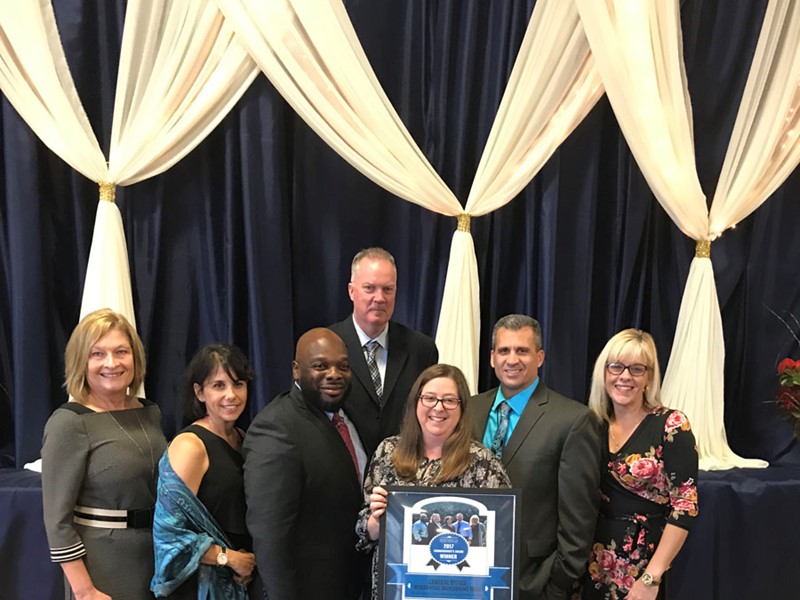
The True Heroes are the Direct Care Staff
Staff at Massachusetts DYS has adjusted to new policies around family visitation due to the COVID-19 pandemic.
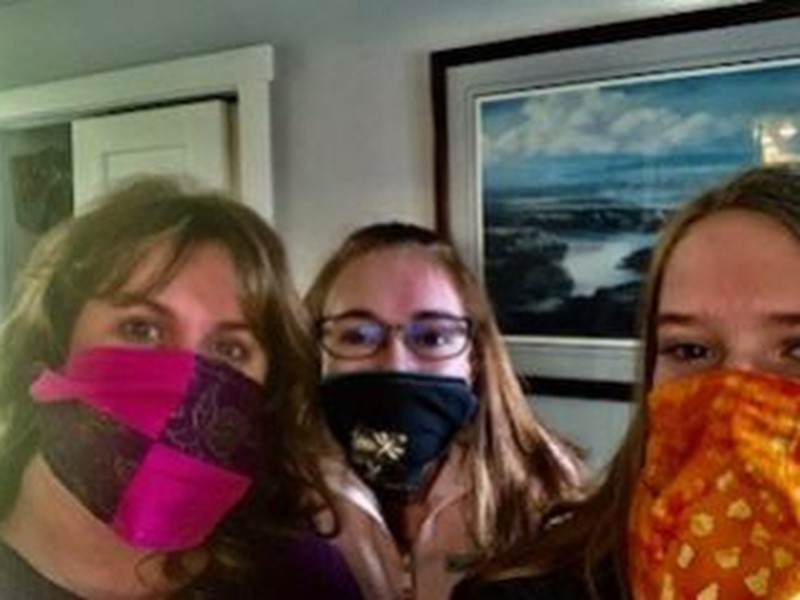
Quarantining Doesn’t Mean Isolation
Staff and youths at Alaska DJJ facilities have tried to find the upside to new procedures and ways of doing things during the COVID-19 pandemic.
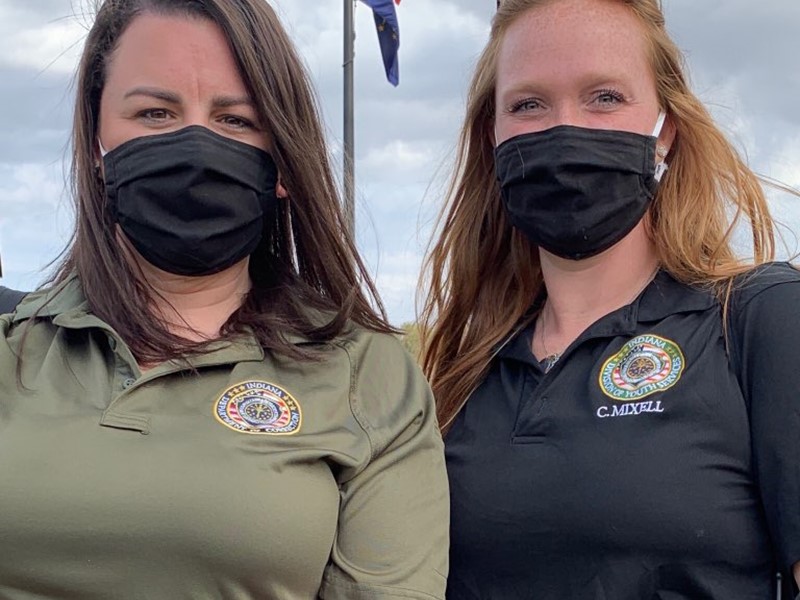
Responding to an Outbreak
Staff from Indiana Department of Corrections credit frequent communication as a key factor when reacting to the COVID-19 pandemic.

Half as Many Youths in Detention
Since March, the number of youths in the Donald E. Long Juvenile Detention Center dropped from 64 to the mid-to-high 30s.
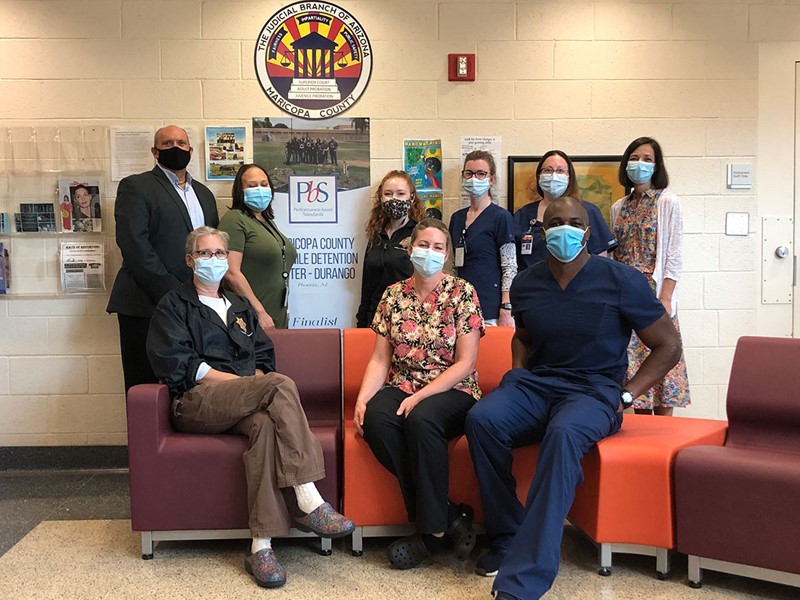
Stronger than Before
Faced with the challenges of a pandemic, the staff of the Maricopa County Juvenile Probation Department feel stronger as a team now than ever before.
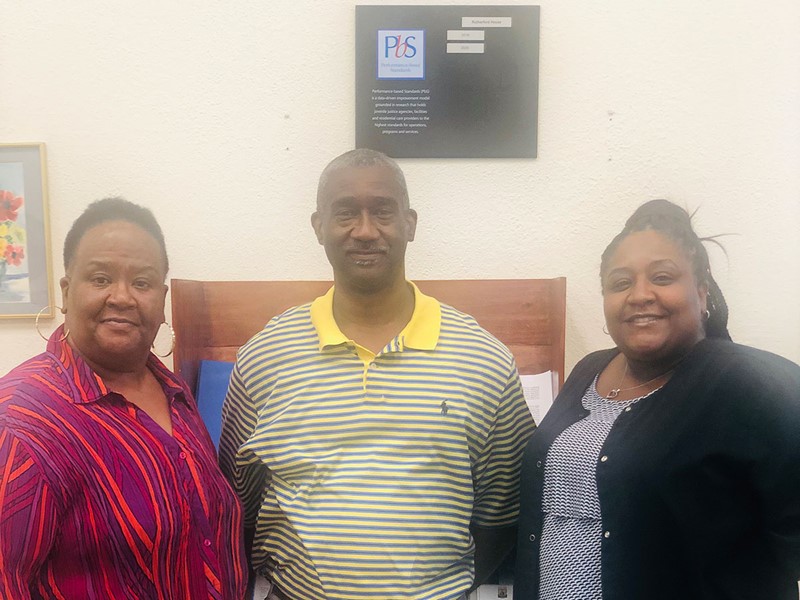
It Just Wasn’t My Time
COVID-19 affected nearly one-third of the staff at Rutherford House in Shreveport, LA